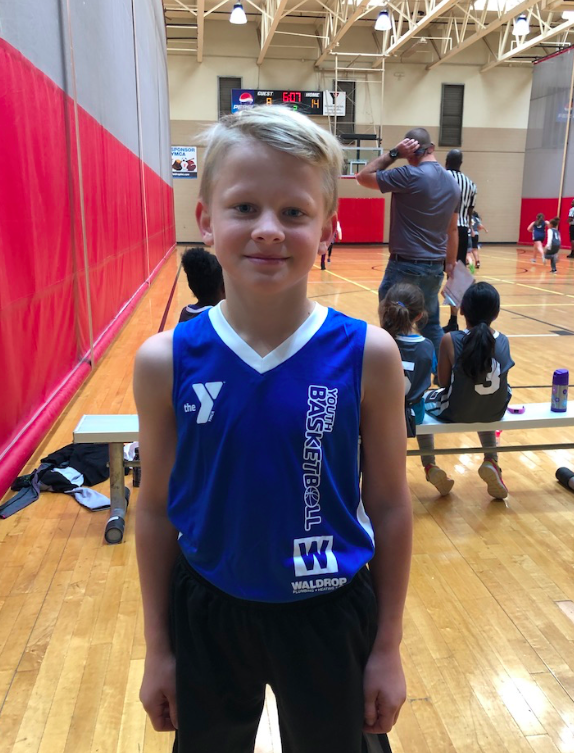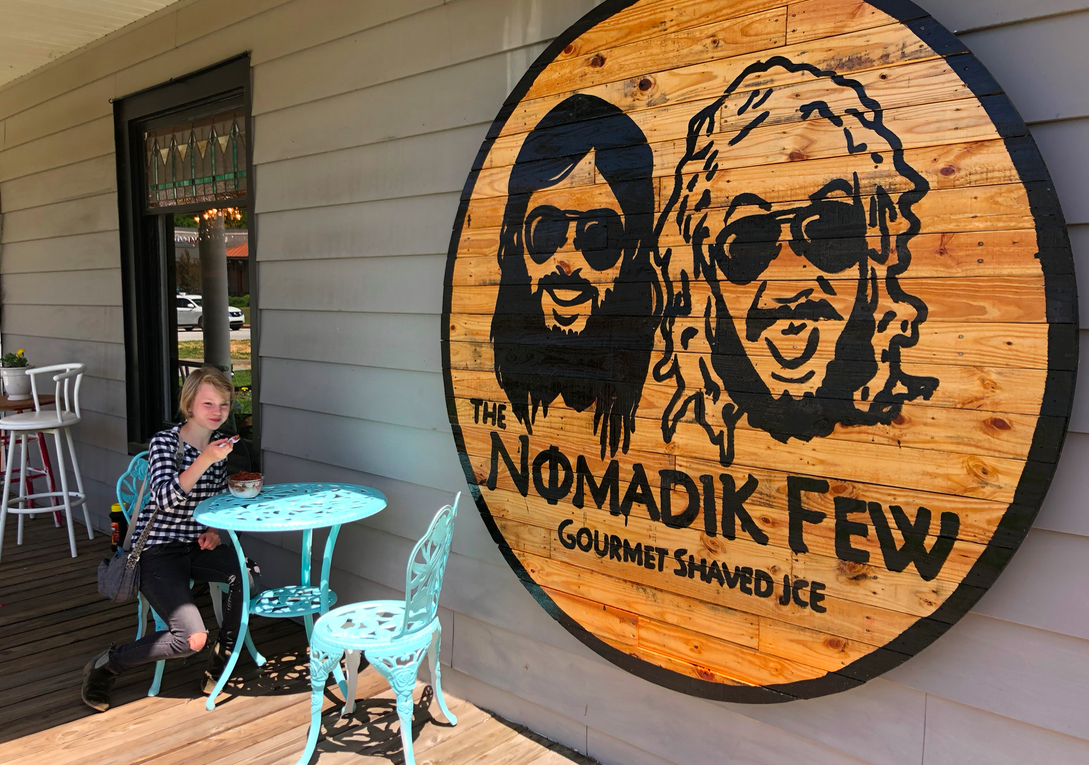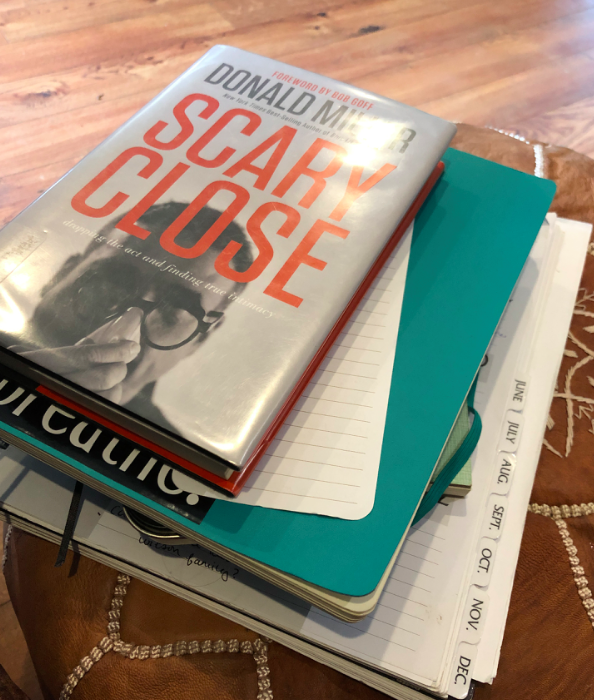Dr. Bonyfide, Science Books: A Timberdoodle Review
This was the year that I knew our science would take a giant shift in the Wildwood Halls of Ivy.
London started high school which means the rules all change and there is a particular order and type of science that she has to cover. She’s taking Biology this year but I didn’t want to have all of the kids take high school biology because, of course, my elementary students couldn’t keep up with that.
We’re still doing a weekly Nature Study together because it’s important to me, but this year I decided to have London take biology and Bergen and Mosely (7th and 8th graders) are trying a new to me science curriculum called Science in the Age of Reason and I was swayed right in the direction of Timberdoodle’s elementary science offering of a special book series called Dr. Bonyfide.
The Dr. Bonyfide series has four books, designed to do one book per grade, beginning in the third grade.

We’ve begun with the first book, which is available in Timberdoodle’s third grade curriculum kit.
Otto is in the third grade and Piper is in the fourth grade and they are both doing this science together. The book is designed to be used as a workbook that the student can write in but I have found it to be no problem at all to have the kids both write any answers in their own notebooks and to leave the workbook blank since they are sharing one book together.

The books progress through various bones of the body, the first one focusing on the bones in the hand, arm and shoulder. The second book, targeted at fourth graders, covers the foot, leg and pelvis. The third book – for fifth grade – moves on to the ribcage and the spine. The sixth grade book, book number four, wraps up with a study of the head, face and neck.
The book is written as if a “doctor” is teaching your student and his name is, of course, Dr. Bonyfide. The entire text of the books are written in a rhyming pattern. The students are given x-ray glasses, there are two pair, and certain pages have designs and information that can only be seen and read while wearing the x-ray glasses, thus giving your students “x-ray” vision.
My two kids adore the x-ray glasses gimmick and are still quite enthusiastic to pull out the glasses when they are called for, even when the reward is a corny little science joke. They always laugh or groan and hold their glasses, anxiously waiting to use them again.

The book gives the scientific names of the bones and the students are working on memorizing and identifying all the bones named properly and – let me tell you – that is hard. Proximal, carpal, phalange, metacarpal, scaphoid, hamate and tricky words like that – for third and fourth graders. Truthfully, I had my doubts as we waded through the words and read the rhymes together and I have been tempted to not have Piper and Otto memorize these bone names. But each lesson I have been surprised at their desire to recite all the names to me, to hold up their hands and identify proximal and distal bones and to learn their correct spelling that I just keep moving along, page by page.

We have been taking it slowly. Repetition and clever mnemonics are built into the reading and they do actually seem to be working. There is no teacher’s guide or manual and nothing that really says “Read this much each day” or anything like that. (Unless I have missed that entire bit. And hey, I have missed things before.) But we have just been reading a few pages each day, reviewing as we go and making steady and sure progress. I’ve been impressed at how the kids are recalling big words and hard information. The rhymes and the pace do seem to really help.
I think my plan is to do two of the books this year – the third and the fourth grade books – since I have a student in each grade. As long as Otto can continue to keep up, I think we’ll keep trekking along.

I still struggle a little to decide whether I think my third grader actually needs to know each of the tiny bones near the wrist (and I seriously had no idea we had so many tiny important bones working so hard down there) but they both seem steadily interested and enjoying the progress and the pace, so I’ll put aside my thoughts and not allow those to hold them back as they learn.
I also think these serve as great, clear and straightforward reference books for my older students when they need to identify and memorize various bones.
__________________________________



One Comment
maryanne
My third grader LOVES Dr. Bonyfide!